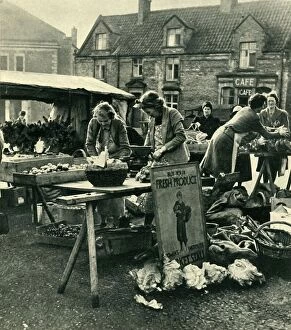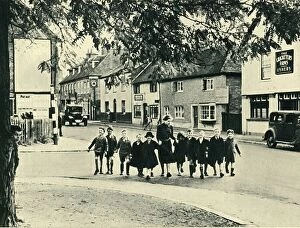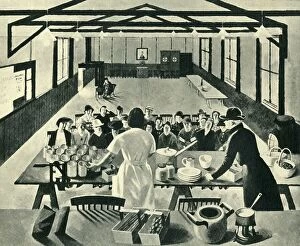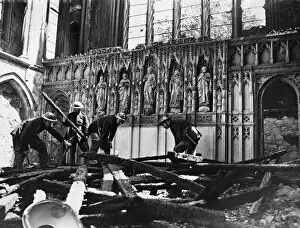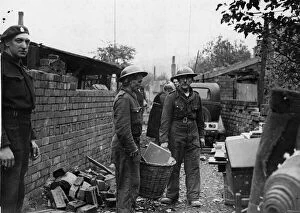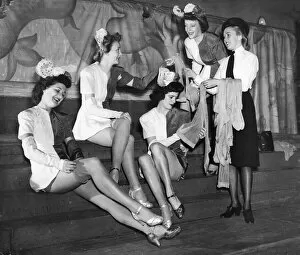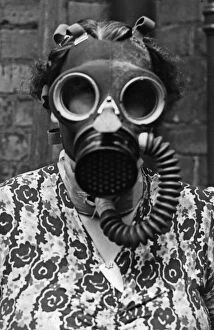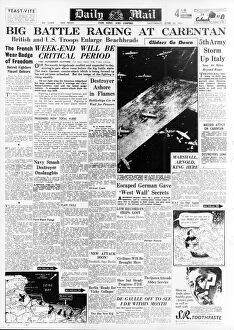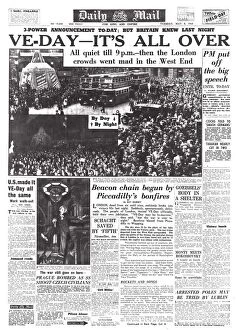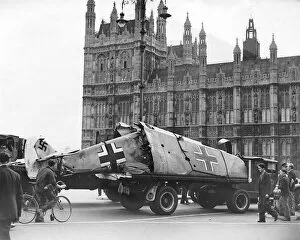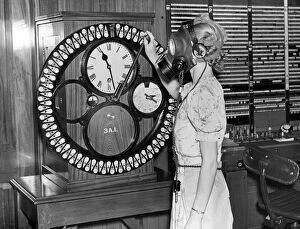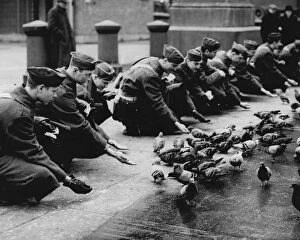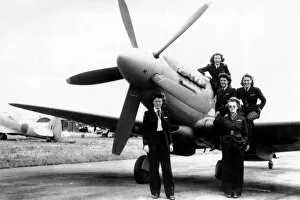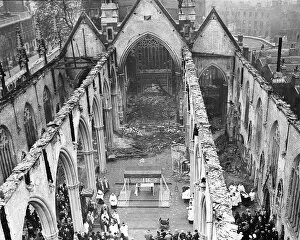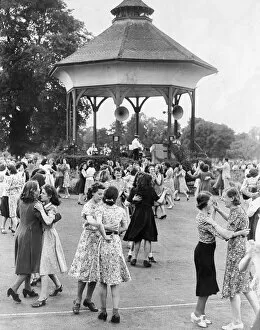Home Front Collection (page 8)
"Home Front: Resilience Amidst Chaos" Amidst the chaos and destruction of war, St. Paul's Cathedral stands tall, a symbol of hope and survival
For sale as Licensed Images
Choose your image, Select your licence and Download the media
"Home Front: Resilience Amidst Chaos" Amidst the chaos and destruction of war, St. Paul's Cathedral stands tall, a symbol of hope and survival. The indomitable spirit of the people is evident as a woman calmly enjoys her cup of tea amidst the bomb damage in New Cross after air raids. At Cammell Laird shipyard in Birkenhead, workers tirelessly contribute to the war effort, their determination unwavering. Meanwhile, Royal Engineers bomb disposal team fearlessly work to neutralize threats that lurk beneath the surface. The devastating impact of bombings is felt deeply at St Thomas Hospital, yet even in its ruins, there is an unyielding resolve to rebuild and heal. Across the Atlantic, on Capitol Hill, Dr. Seuss captures the struggle faced by politicians as they navigate raising taxes without losing a single vote - a knotty problem indeed. Bomb disposal units spring into action across cities as they combat imminent danger with bravery and expertise. In Barnsley steel production thrives; it becomes not just about wartime necessity but also lays foundations for post-war prosperity. In stadiums filled with both anxiety and excitement during football matches, roof spotters remain vigilant against potential aerial attacks. Ben Shahn's powerful poster urges war workers to register to vote in order to secure full employment after the war - an important reminder that democracy must be upheld even during times of crisis. Even our loyal companions are not forgotten; gas masks for dogs highlight our commitment towards protecting all lives affected by conflict. Through these glimpses into life on the home front during World War II, we witness humanity's resilience shining through adversity – whether it be rebuilding shattered landmarks or finding ways to ensure economic stability while safeguarding democratic values.

